| Online: | |
| Visits: | |
| Stories: |

| Story Views | |
| Now: | |
| Last Hour: | |
| Last 24 Hours: | |
| Total: | |
Tonight’s Sky, Highlights of the June Sky
Your guide to constellations, deep-sky objects, planets and
events, Tonight’s Sky, Highlights of the June Sky
Evening Planets
As the Sun slips out of sight, Jupiter appears above the
western horizon. Your best views of it will be in early June.
The planet will sink lower and lower as the month
progresses.
Turn to the west to find Jupiter

Turn to the south to find Saturn and Mars.
Use a telescope to get a better look.
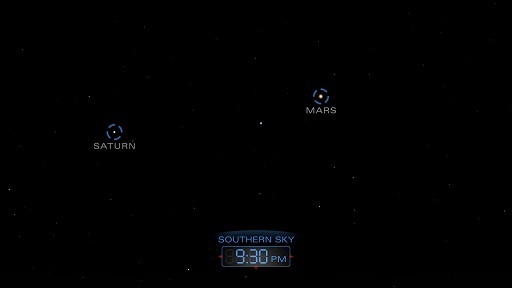
Constellations and Deep-Sky Objects
Turn your gaze upward to find four distinctive constellations.
High overhead lies Boötes, the Herdsman. Find it by looking
for its prominent kite shape, which was noted by many
ancient cultures.
Arcturus is the fourth-brightest star in the night sky.
The star Epsilon Boötis is also known as Izar. In binoculars,
Izar resolves into one of the finest double stars in the sky.
The color contrast between the stars is striking.
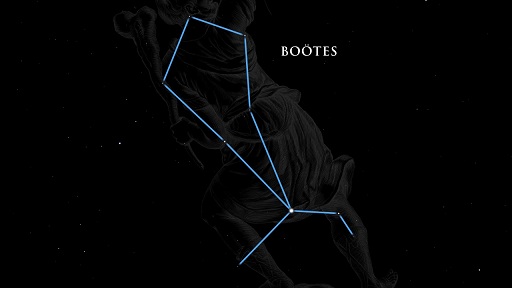
Just to the left of Boötes lies the Northern Crown, Corona
Borealis. This lovely circlet of stars represents the wedding
crown of Ariadne, the daughter of King Minos of Crete.
While the stars are not very bright, their pattern is easy to
pick out.
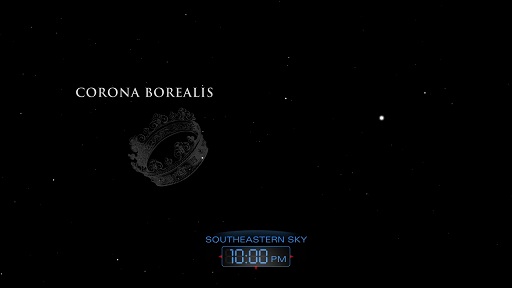
The mythical strongman Hercules is also found high in the
summer night sky, wielding his mighty weapons.
The constellation is rather dim. Look for its lopsided square
of four stars, called the Keystone.
The Keystone in Hercules is the “key” to finding one of the
brightest globular star clusters in the summer night sky. The
wonderful Hercules Cluster, also known as M13, contains
about a million stars.
Outside the Keystone lies another magnificent globular
cluster of stars, M92.
Globular clusters are collections of closely packed,
gravitationally bound stars.
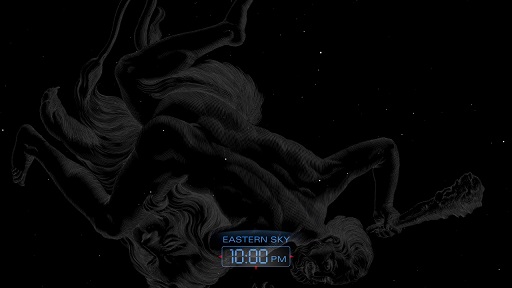
Draco, the Dragon, winds his way through the northern sky.
The Dragon’s head is a skewed square of stars. Look for the
dimmest of the corner stars. In binoculars it resolves into two
stars, which look like a bright pair of headlights.
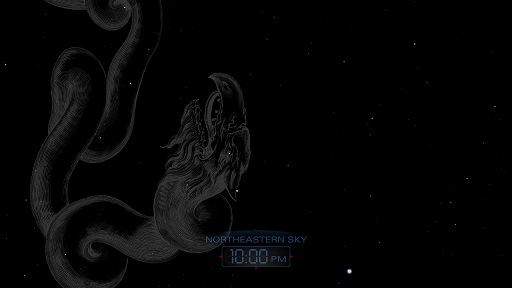
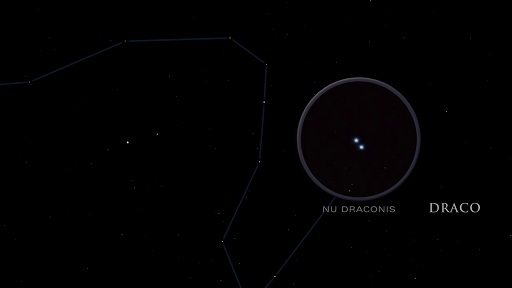
Morning Planets
Venus appears in the early morning sky, peeking over the
eastern horizon just before sunrise.
A telescope will reveal the planet’s phase.
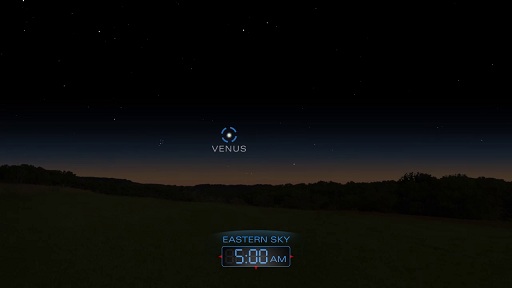
Before dawn on June 24th, Venus and the very thin crescent
Moon make a lovely pair as they rise together into the
brightening eastern sky.
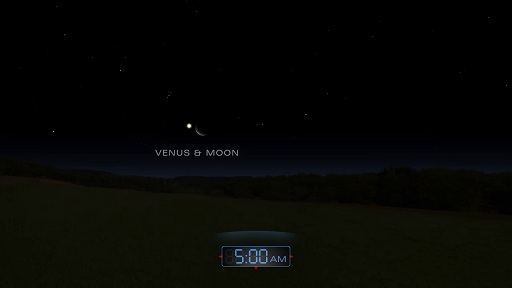
Ending
The night sky is always a celestial showcase. Explore its
wonders from your own backyard.
Credits
Produced by the Space Telescope Science Institute, Office
of Public Outreach
Starfield images created with Stellarium
Mythological constellation forms from Firmamentum
Sobiescianum sive Uranographia by Johannes Hevelius,
courtesy of the United States Naval Observatory
Jupiter image courtesy of Todd Gross
Saturn image courtesy of John Endreson



